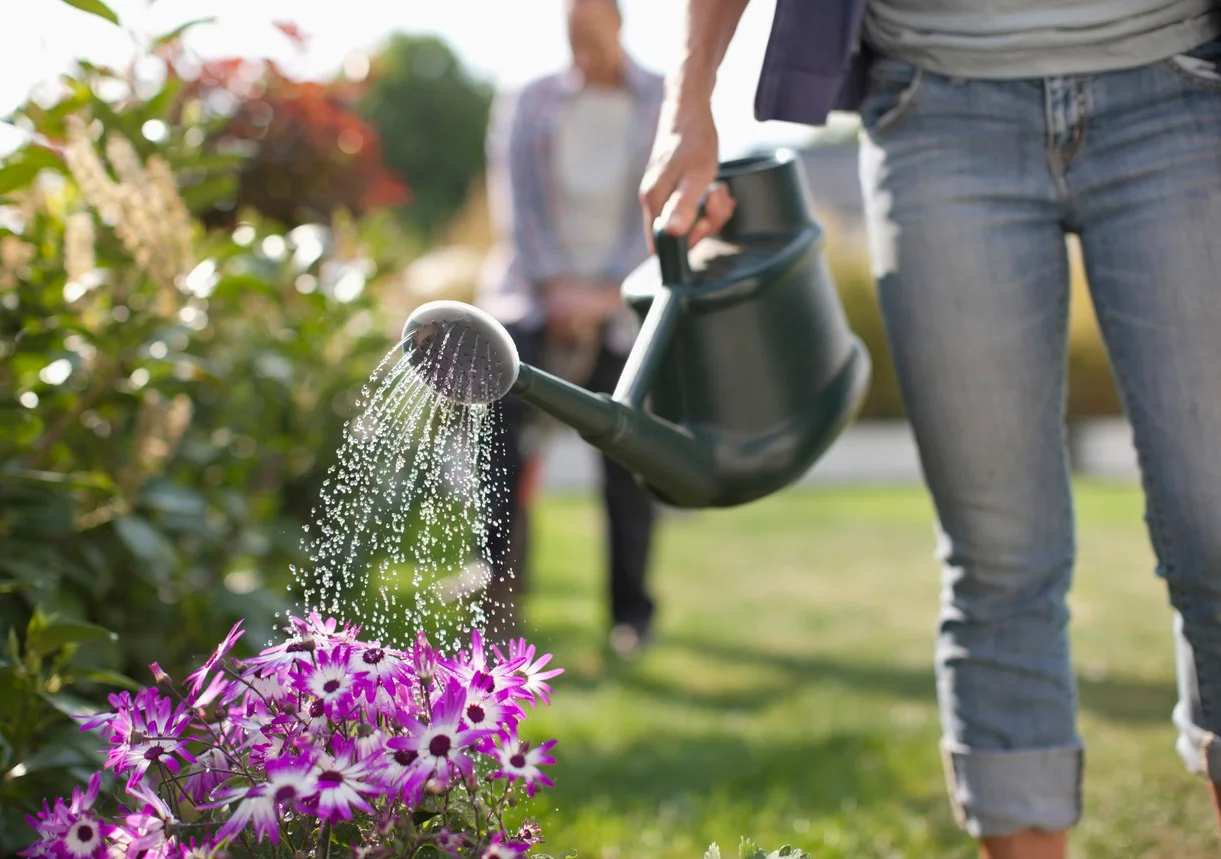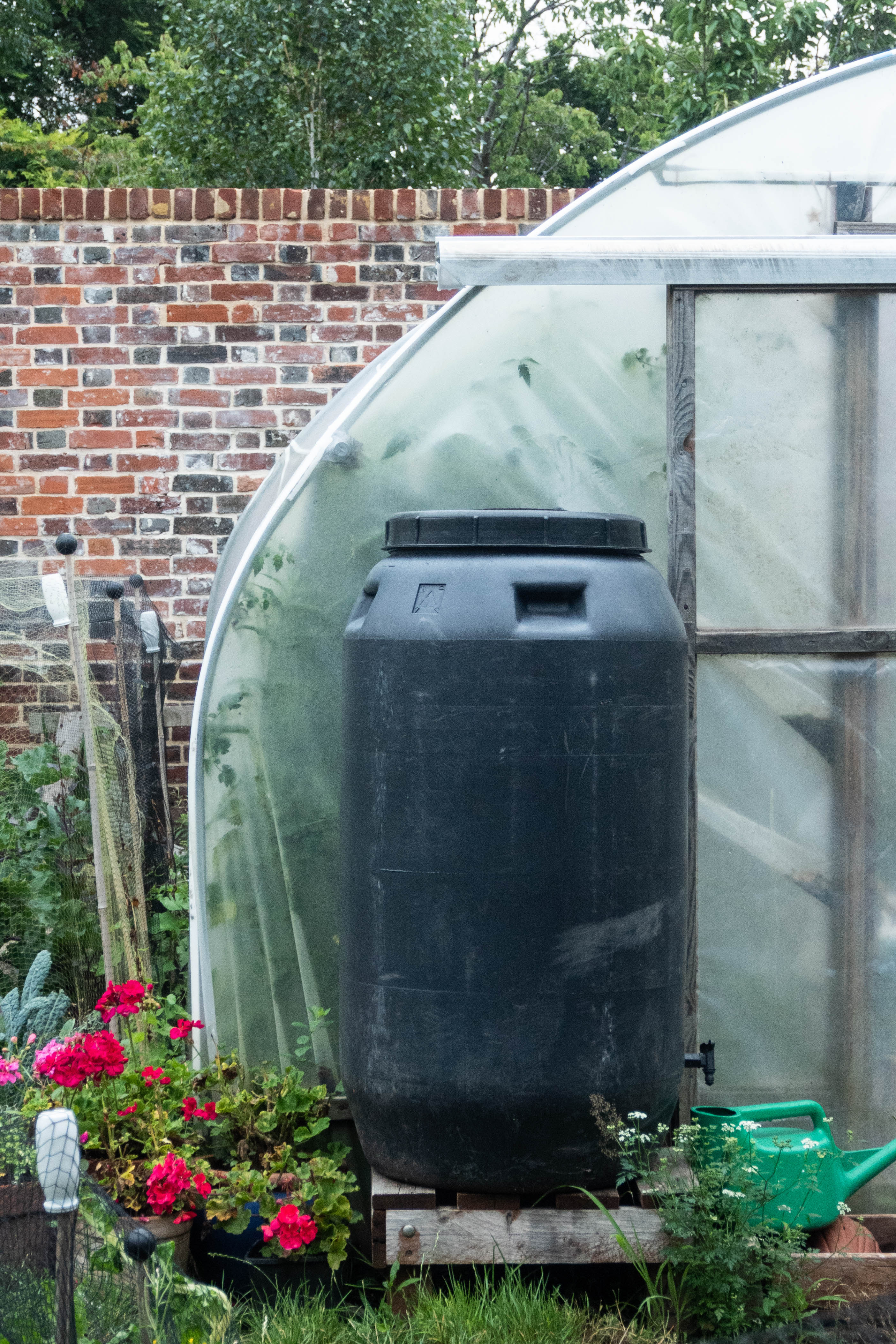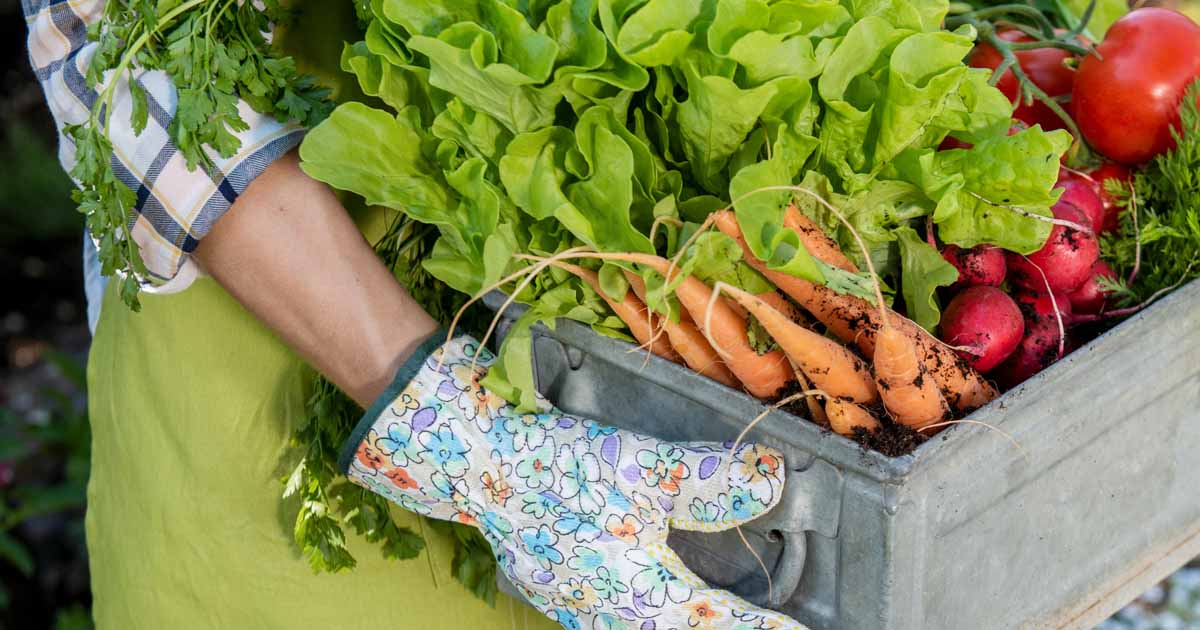The Beginner’s Guide to a Picture-Perfect Garden: Simple Steps for Stunning Results
Gardening is not just a hobby; it’s an art and a science that invites nature into our lives. It’s about transforming a blank patch of earth into a tapestry of colors and textures, a serene retreat that appeals to the senses and nurtures the soul. If you’re a novice, the idea of starting your own garden might seem daunting, but with a few simple steps, you can create an outdoor space that’s both beautiful and rewarding. Let’s embark on this green journey together.
Planning Your Garden
Before you dig in, it’s crucial to know your canvas. Observe your garden space throughout the day: which areas receive full sun, partial shade, or are mostly shaded? Understanding this will guide you in choosing the right plants for your garden. The type of soil and local climate are also key factors that will influence your garden’s success.
Next, think about the style of garden that resonates with your aesthetic and lifestyle. Are you drawn to the formal symmetry of traditional gardens, the whimsical charm of cottage gardens, or do you prefer a more practical vegetable garden? This decision will dictate the design and types of plants you select. Remember, it’s perfectly fine to start small. A few well-tended plants are better than a large, unruly garden.
Garden Design Basics
Designing a garden is akin to painting a landscape. Color theory plays a vital role: complementary colors create vibrancy, while analogous colors offer a sense of harmony. Texture, too, is important. Mix glossy leaves with feathery grasses to add depth and interest. Consider the height and scale of your plants to ensure each one has its place and room to grow. Introduce pathways and focal points like a birdbath or a sculpture to guide the eye and add structure to your garden.
Selecting the Right Plants
Your garden’s conditions are unique. Choose plants that will thrive in your garden’s specific conditions – sun-loving plants for bright areas and shade-tolerant plants for darker corners. Incorporate a mix of annuals, perennials, and biennials to ensure year-round color and interest. Evergreens provide a constant backdrop, while seasonal flowers offer changing beauty throughout the year. Better Homes & Gardens offers an excellent plant dictionary to help you make informed choices.
Soil Preparation and Planting
Healthy soil is the foundation of a healthy garden. Test your soil and amend it if necessary, adding compost or organic matter to improve its structure and nutrient content. When planting, ensure you give each plant enough space to grow and spread its roots. Mulching is a game-changer for maintaining soil moisture and keeping weeds at bay. Consider the convenience of mulch supply and delivery services to save time and ensure your garden’s success.
Mulch also adds a finished look to your beds and helps unify your garden’s design. Remember, the right mulch can also insulate soil against temperature extremes, protecting your plants during harsh weather conditions. Regularly refreshing your mulch layer can not only keep your garden looking tidy but also contribute to the ongoing health of your soil as it breaks down and integrates organic matter.
Watering and Maintenance
Understanding your plants’ watering needs is crucial. Over-watering can be just as harmful as under-watering. Water deeply but infrequently to encourage strong root growth. Early morning is the best time to water, reducing evaporation and fungal diseases. Regular maintenance, including pruning, deadheading, and weeding, will keep your garden looking its best. It may seem tedious, but these tasks are essential for a healthy, beautiful garden.
Consistency in these tasks helps establish a thriving ecosystem and can prevent larger issues from arising. Also, consider mulching around your plants to help maintain soil moisture, reducing the need for frequent watering and giving you more time to enjoy the beauty of your garden.
Dealing with Pests and Problems
Even the most well-maintained gardens encounter pests and diseases. The key is to monitor your plants regularly and act quickly at the first sign of trouble. Use eco-friendly solutions whenever possible to manage pests and diseases. A healthy garden is the best defense, so focus on providing the right conditions for your plants to thrive. For advice on specific problems, the Royal Horticultural Society is an invaluable resource.
Embrace preventive measures like crop rotation and attracting beneficial insects to naturally keep pest populations in check. Remember, sometimes the presence of certain pests is a sign of a larger imbalance, so look at your garden holistically to address underlying issues. Stay informed about common pests and diseases in your area, and arm yourself with knowledge to protect your garden effectively.
Enjoying Your Garden
A garden is more than a collection of plants; it’s a living space to enjoy and share. Create cozy seating areas to relax and admire your handiwork. Attract wildlife by planting native species that provide food and shelter for birds, butterflies, and beneficial insects. Your garden can become a haven for you and local wildlife.
And don’t forget to share the beauty: invite friends over, or cut flowers to bring indoors. Incorporating elements like a water feature or a fire pit can extend the hours you spend in your garden, creating an enchanting atmosphere in the evenings. Take time to engage your senses; touch the leaves, smell the flowers, and listen to the sounds of nature in your own backyard. Remember, your garden is a reflection of your creativity and care, a living artwork that evolves and grows with you.
Conclusion
Embarking on your gardening journey is an adventure filled with learning and discovery. Each season brings new challenges and rewards. Embrace the process, and don’t be discouraged by setbacks. With each passing year, your skills will grow, and so will your garden. Remember, every gardener was once a beginner. Your picture-perfect garden is within reach, one step at a time.
Gardening is more than a hobby—it’s a journey, an art, and, most importantly, a labor of love. As you nurture your garden, it, in turn, will nurture you, offering a sanctuary of beauty, peace, and connection to nature. So, grab your tools, plant your first seed, and watch as your garden and your joy in it grow.
To further enhance your gardening knowledge and provide you with more tools for success, consider exploring the following additional resources:
- Gardeners’ World: This website offers a plethora of gardening guides, tips, and how-to videos for gardeners of all levels. Whether you’re dealing with pests, wondering about plant care, or looking for design inspiration, Gardeners’ World has you covered.
- The National Gardening Association: Providing a wealth of information, this site includes plant databases, articles on gardening techniques, and forums where you can connect with other garden enthusiasts.
- PlantSnap: This mobile app is a convenient tool for identifying plants, flowers, and trees. Simply snap a picture, and the app will help you identify and learn more about your garden’s inhabitants.








